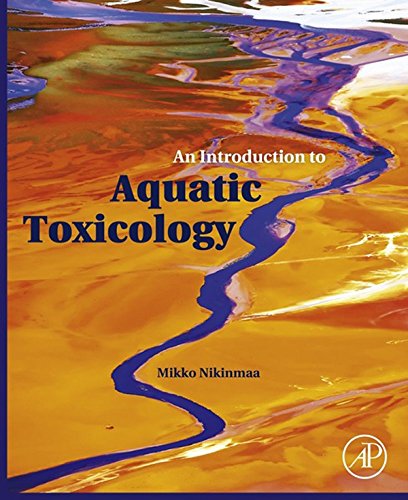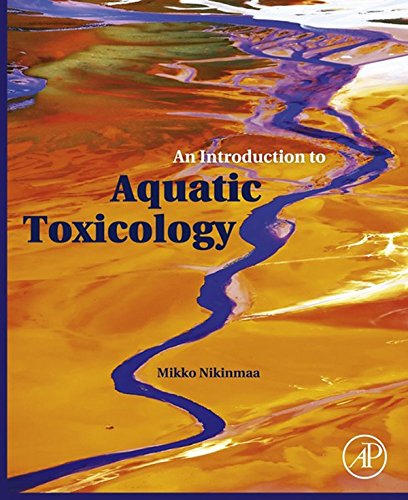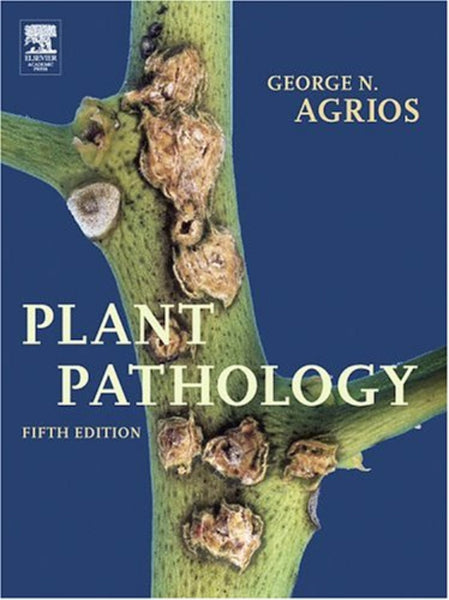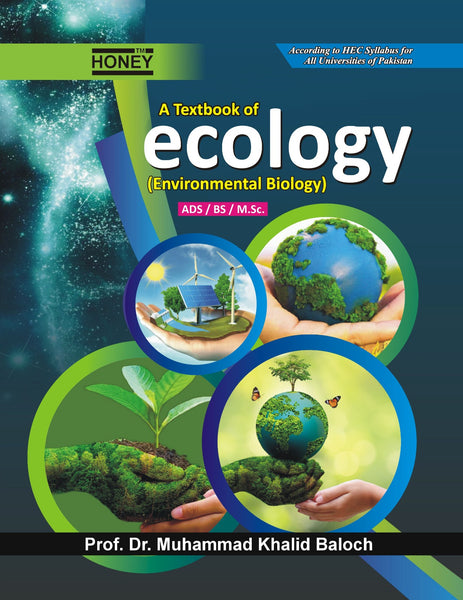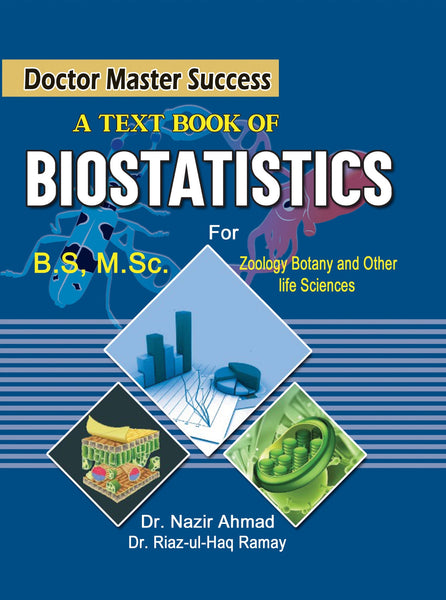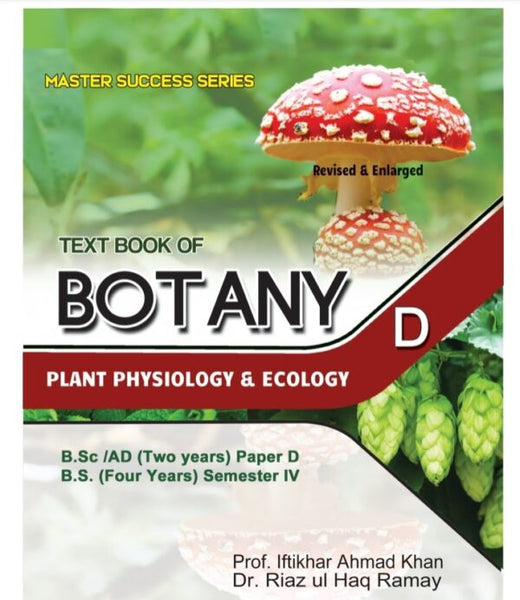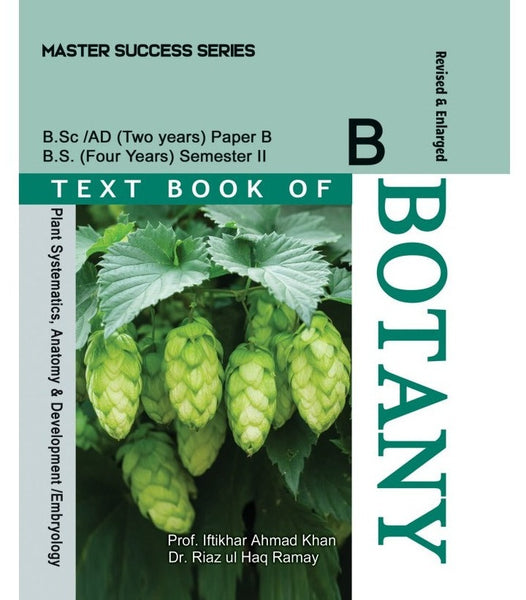An Introduction To Aquatic Toxicology By Mikko Nikinmaa
- Publisher: ENVIRONMENTAL SCIENCES
- Availability: In Stock
- SKU: 41543
- Number of Pages: 240
Rs.580.00
Rs.895.00
Tags: affordable prices , Aquatic Ecosystems , Aquatic Food Webs , aquatic habitats , Aquatic Health , aquatic organisms , Aquatic Toxicity Testing , aquatic toxicology , Aquatic Toxicology Methods , best books , best books online , Best Price , best prices , Best Selling Books , best shop , BestBuy’s , Bioaccumulation , Biomagnification , biomarkers , Book Shop , Book shopping , bookshop , bookshop Multan , bookshop near me , bookshop online , bookshop online Multan , bookshopPakistan , buy online books , Chemical Exposure , climate change effects , Contaminants in Water , contamination pathways , Ecotoxicology , Environmental Impact Assessment , Environmental Toxicology , Fish Physiology , Freshwater Toxicology , Introduction to Toxicology , Marine Toxicology , Mikko Nikinmaa , Pesticides in Aquatic Systems , Pollution and Aquatic Life , Risk Assessment , Toxicants in Aquatic Systems , Toxicological Effects , Toxicology Assessment , Toxicology of Heavy Metals , water pollution , Water Quality
"Aquatic Toxicology: An Introduction" by Mikko Nikinmaa serves as a foundational text that explores the effects of toxic substances on aquatic organisms and ecosystems. This book provides a comprehensive overview of the principles of aquatic toxicology, integrating biological, chemical, and ecological perspectives to understand how pollutants interact with aquatic life. Nikinmaa delves into various toxic agents, including heavy metals, pesticides, and pharmaceuticals, examining their sources, pathways, and mechanisms of action in aquatic environments. The text emphasizes the importance of understanding species-specific responses to toxins and the role of environmental factors in mediating these effects. By incorporating case studies and real-world examples, this book not only educates readers about the scientific principles underlying aquatic toxicology but also underscores the relevance of this field in addressing environmental challenges and protecting aquatic biodiversity.
Key Points
-
Fundamental Principles of Aquatic Toxicology
Introduces core concepts, terminology, and frameworks necessary for understanding toxicological processes in aquatic environments. -
Sources of Aquatic Pollutants
Discusses various sources of toxic substances, including industrial discharges, agricultural runoff, and urban wastewater, highlighting their impact on water quality. -
Mechanisms of Toxic Action
Explores how different pollutants affect aquatic organisms at cellular and molecular levels, including biochemical pathways and physiological responses. -
Species-Specific Responses
Examines the varying sensitivities of aquatic species to toxins, emphasizing the need for species-specific assessments in toxicology. -
Environmental Factors
Analyzes how environmental variables such as temperature, pH, and salinity influence the toxicity of pollutants and the responses of aquatic organisms. -
Testing and Assessment Methods
Reviews methodologies for assessing aquatic toxicity, including laboratory experiments and field studies, as well as the use of bioassays. -
Ecological Implications
Discusses the broader ecological consequences of toxicant exposure, including impacts on food webs, community dynamics, and ecosystem health. -
Regulatory Frameworks
Introduces the legal and regulatory aspects of aquatic toxicology, including guidelines for monitoring pollutants and assessing environmental risks. -
Case Studies and Real-World Applications
Incorporates case studies that illustrate the application of toxicological principles to address environmental issues and develop management strategies. -
Emerging Issues in Aquatic Toxicology
Highlights current challenges and trends in the field, such as the effects of microplastics and climate change on aquatic ecosystems.
Conclusion
In conclusion, "Aquatic Toxicology: An Introduction" by Mikko Nikinmaa is an essential resource for students, researchers, and professionals in the fields of environmental science, ecology, and toxicology. By providing a thorough exploration of how pollutants affect aquatic life, this book equips readers with the knowledge needed to understand and tackle the pressing environmental challenges facing our waterways. The integration of scientific principles with practical applications makes this text a vital reference for those dedicated to protecting aquatic ecosystems and promoting sustainable practices in water resource management. As the field of aquatic toxicology continues to evolve, Nikinmaa's work remains a crucial guide for understanding the complexities of toxic substance interactions in aquatic environments.
════ ⋆★⋆ ═══
Writer ✤ Mikko Nikinmaa

